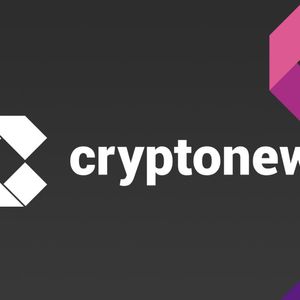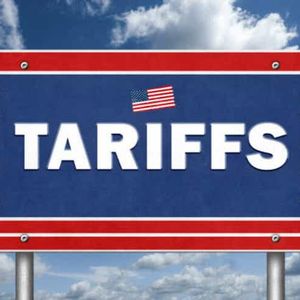A recent tweet by digital asset analyst and researcher SMQKE presents a compelling perspective on how Ripple’s RLUSD stablecoin could serve as a U.S. synthetic central bank digital currency (CBDC). Unlike traditional CBDCs issued directly by a central bank, synthetic CBDCs are issued by private entities but are fully backed by central bank reserves. This model allows stablecoin issuers to offer digital money that mirrors the reliability of sovereign currency without the central bank necessarily issuing or managing a retail token directly. The synthetic CBDC concept outlined in the image emphasizes that, once a stablecoin reaches significant adoption, jurisdictions may opt to mitigate associated risks by requiring full reserve backing at the central bank level. This includes potentially granting stablecoin issuers direct or indirect access to central bank reserves. The text highlights the importance of integrating reserve-backed stablecoins into a legal and regulatory framework that supports due diligence, consumer protection, and transaction monitoring. Such a structure promotes financial stability and reduces the risk of destabilizing runs on the system. Remember, RLUSD can act as a “synthetic CBDC” for the United States. https://t.co/l2qPUTDk1U — SMQKE (@SMQKEDQG) May 25, 2025 RLUSD’s Technical Architecture and Access to Reserve Systems SMQKE’s analysis identifies RLUSD as a prime example of a synthetic CBDC model due to its indirect access to central bank infrastructure. Although Ripple does not hold a Federal Reserve Master Account directly, it connects to critical infrastructure via Finastra, a financial technology firm with access to key Federal Reserve services, including FedNow and the Fed’s Liquidity Management Tool. This connection allows RLUSD to settle in central bank money, ensuring it remains within regulated financial pathways. This design leverages existing payment rails, such as the Fedwire Funds Service, FedACH, and FedNow, which the accompanying document confirms are already capable of handling wholesale CBDC-like operations. We are on twitter, follow us to connect with us :- @TimesTabloid1 — TimesTabloid (@TimesTabloid1) July 15, 2023 These systems provide central bank money settlement without requiring the issuance of a new form of digital currency by the government. As highlighted in the report, wholesale, non-token-based CBDC effectively exists today through these Master Account channels. Regulatory and Political Considerations The political climate in the United States further complicates the potential launch of a retail CBDC. As noted in SMQKE’s tweet and supported by the document, the issuance of a direct digital dollar appears unlikely in the near term, partly due to a ban on federal digital currency initiatives enacted during the presidency of Donald Trump. Moreover, the current consensus among policymakers and researchers, including those involved in the Hamilton Project, is that any move toward a digital dollar will require years of analysis and will likely result in coexistence with privately issued stablecoins. The most recent update from Federal Reserve Chairman Jerome Powell in March 2024 confirms that the U.S. does not anticipate launching a retail CBDC in the immediate future. The document underscores that even if a digital dollar is eventually introduced, it will likely not replace stablecoins such as RLUSD. RLUSD as a Functional Bridge In light of the uncertain timeline for an official U.S. digital dollar, Ripple’s RLUSD presents a practical path forward. It is structured to operate within the current legal and regulatory environment while achieving the goals of a CBDC in financial stability, transaction efficiency, and central bank reserve backing. With indirect but regulated access to central bank payment systems and infrastructure, RLUSD aligns with the characteristics of a synthetic CBDC and may serve as a de facto blockchain-based dollar in the evolving digital financial ecosystem. Disclaimer : This content is meant to inform and should not be considered financial advice. The views expressed in this article may include the author’s personal opinions and do not represent Times Tabloid’s opinion. Readers are urged to do in-depth research before making any investment decisions. Any action taken by the reader is strictly at their own risk. Times Tabloid is not responsible for any financial losses. Follow us on X , Facebook , Telegram , and Google News The post Here’s How Ripple’s RLUSD Could Become a U.S. Synthetic CBDC appeared first on Times Tabloid .
















